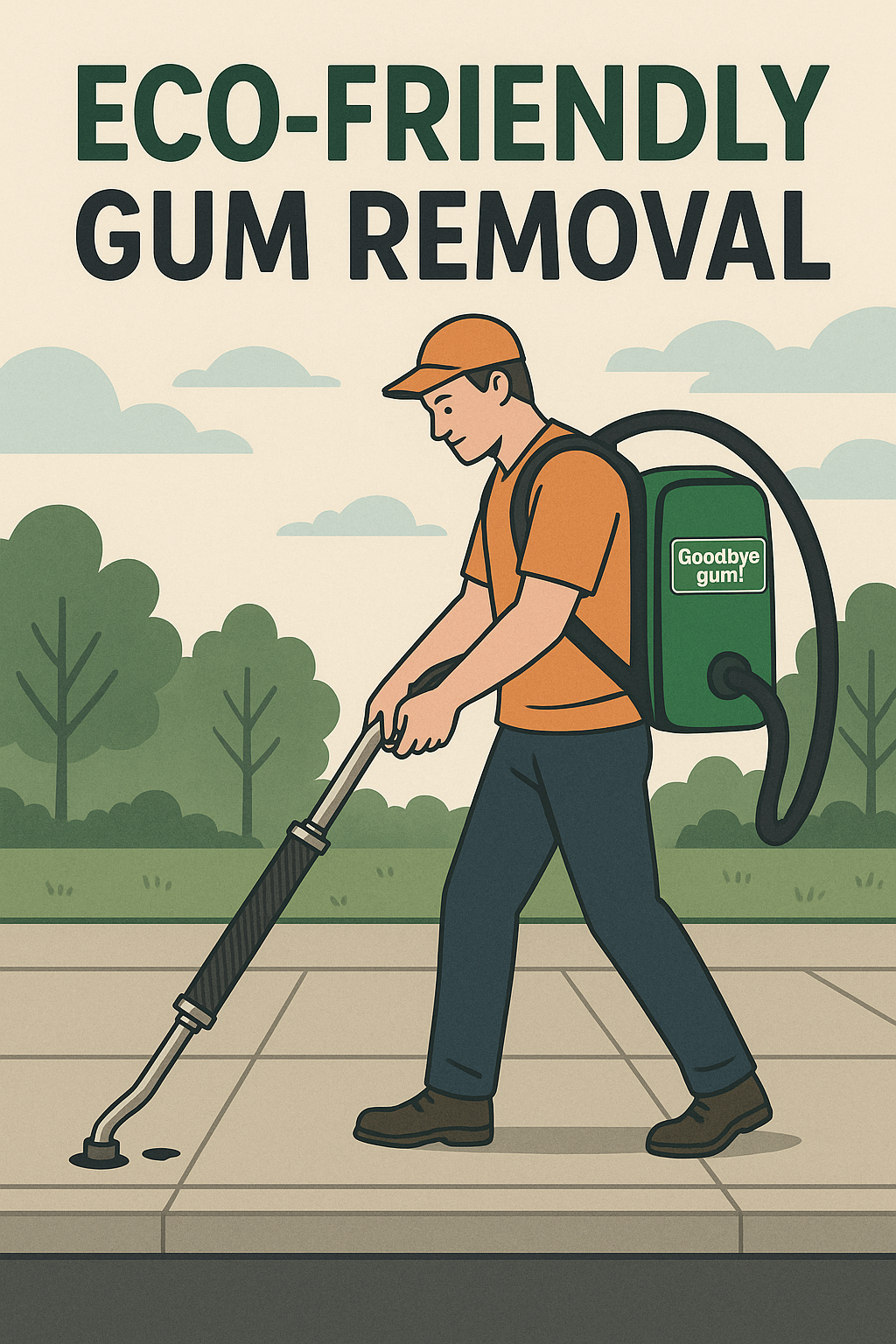
Keep It Flowing: Easy Downspout Cleaning Tips
Cleaning your downspouts is key to keeping your home safe from water damage. Clogged downspouts can lead to all sorts of problems, like flooding in your yard or even leaks in your basement. But don’t worry! With a few simple tools and some easy steps, you can keep your downspouts clear and flowing smoothly. This guide will walk you through the signs that your downspouts need cleaning, the tools you'll need, and a straightforward process to get the job done right.
Key Takeaways
- Regularly check your downspouts for clogs to prevent water damage.
- Use basic tools like a hose and a ladder to clean your downspouts effectively.
- Cleaning downspouts is a simple DIY task that can save you from costly repairs.
Recognizing When Downspouts Need Cleaning
Downspouts are super important for keeping water away from your home's foundation. If we don't clean them regularly, they can get clogged, which leads to water overflowing, causing damage, and even flooding around the house. It's way easier to deal with this stuff early, so let's talk about how to tell when your downspouts need some attention.
Key Indicators of Clogged Downspouts
Okay, so how do we know when it's time to get the ladder out? Here are a few things we should be looking for:
- Water Overflowing from Gutters: This is a big one. If we see water pouring over the sides of our gutters during rain, instead of flowing down the downspout, it's a pretty clear sign that something's blocked. It means the gutter system can't handle the water flow.
- Visible Debris: Take a peek into the gutters themselves. Are they full of leaves, twigs, and other junk? If so, chances are some of that debris has made its way into the downspout.
- Sagging Gutters: All that extra weight from standing water and debris can cause our gutters to sag or even pull away from the house. That's not good.
- Water Pooling Around the Foundation: Downspouts are supposed to direct water away from our foundation. If we notice water pooling around the base of our house after it rains, it could mean the downspouts aren't doing their job.
- Strange Noises: Sometimes, we can actually hear a clog. Gurgling or bubbling sounds coming from the downspout during or after rain can indicate a blockage.
Problems Caused by Ignoring Clogs
So, what happens if we just ignore those clogged downspouts? Well, a few not-so-great things:
- Foundation Damage: This is the biggest concern. Water pooling around our foundation can seep into cracks and cause serious structural damage over time. Think expensive repairs!
- Basement Flooding: If water can't drain away from the house, it's more likely to find its way into our basement. Nobody wants a flooded basement.
- Damaged Gutters: Clogs add weight. The added weight can damage the gutters themselves, causing them to bend, break, or even detach from the house. Replacing gutters is a pain (and costly).
- Mold and Mildew Growth: Excess moisture around our house creates the perfect environment for mold and mildew to grow. This can lead to health problems and further damage to our home.
- Landscape Erosion: Overflowing water can erode the soil around our house, damaging our landscaping and potentially destabilizing the ground near our foundation.
Basically, keeping our downspouts clean is a simple way to avoid a whole bunch of bigger, more expensive problems down the road. It's worth the effort!
Essential Tools for Effective Downspout Cleaning
Having the correct tools makes cleaning downspouts much easier and safer. The right equipment helps you reach those clogs, clear out debris, and make sure water flows smoothly. For DIY downspout cleaning, you'll need some basic tools, but for those really stubborn clogs, certain specialized tools can be a lifesaver.
Basic Tools for DIY Downspout Cleaning
Basic tools are often enough to handle regular downspout cleaning and those mild clogs. Here's a list of what we think you'll need:
- Garden Hose: A hose with a spray nozzle lets you flush water through the downspout, helping to push out any small debris. It's surprising how effective a simple blast of water can be.
- Gloves: Wear heavy-duty gloves to protect your hands from sharp debris and to handle tools safely. Trust us, you don't want to skip this step.
- Trowel or Scoop: These small hand tools help remove leaves and debris from gutters near the downspout. They're perfect for scooping out the gunk.
- Protective Eyewear: Debris can fly up when clearing clogs, so eye protection is essential. Safety glasses or goggles will do the trick.
These tools provide a solid foundation for routine cleaning, making it easier to reach clogs and keep your downspouts in good shape. Regular maintenance is key!
Powerful Tools for Stubborn Clogs
Sometimes, DIY just doesn’t cut it, especially when debris is packed deep inside the downspout. This is where the SkyVac Systems shine.
Why Choose SkyVac?
-
SkyVac Mighty Atom: Perfect for homeowners and light commercial work, this compact system delivers powerful suction and safe ground-level cleaning—no ladders required.
-
SkyVac Atom Sonic: Ideal for heavier or wetter debris, with dual motors and a drain hose for efficient liquid disposal.
-
SkyVac 85 Elite or Interceptor: For professionals dealing with major blockages or multi-story buildings. These industrial models provide unmatched suction power and debris separation features.
With SkyVac, you can vacuum out clogs from the ground—fast, safe, and effective. No need to dismantle the downspout or climb on the roof.
Step-by-Step Guide to Cleaning Downspouts
Steps for Clearing Clogs from the Ground
Let’s get those downspouts working efficiently again, starting from the ground. Begin by inspecting the downspout extension, the part at the bottom that directs water away from your foundation. It’s usually attached with screws or clips. Remove it and give it a firm shake, this alone often dislodges trapped debris. Use gloved hands or a small scoop to remove any buildup inside.
If there’s still blockage, try flushing the downspout from the bottom up using a garden hose. Insert the hose as far up the pipe as possible, and turn on the water, start with low pressure. If you're lucky, the clog will loosen and flow out. If not, gradually increase the pressure. Just be cautious not to damage the downspout with excessive force. If water backs up, shut it off and let it drain before trying again. For deeper, more stubborn blockages, a SkyVac system can be a great solution for safe, powerful suction right from the ground.
Clearing Clogs Using Roof Access
Forget the ladder—when ground-level methods aren't enough, it doesn’t mean you have to climb. The SkyVac gutter cleaning system offers a safer, more efficient way to reach and clear downspout clogs from the ground.
Using ultra-lightweight carbon fiber poles that extend up to 40 feet, SkyVac® allows you to inspect and remove debris from high gutters and downspouts without ever leaving the ground. No ladders, no scaffolding, and no safety risks.
If the clog is located where the gutter meets the downspout or further down the pipe, the SkyVac’s powerful suction can pull out leaves, sludge, and blockages with ease. For extra precision, pair it with the SurveyCam inspection camera to visually locate the clog before removal. This not only ensures a more thorough clean but also helps avoid unnecessary effort.
Combined with specialized nozzles and the Vac Release Pole, you can maintain airflow control and quickly clear debris, even in complex or narrow pipe angles. It's the perfect solution for tackling stubborn clogs in hard-to-reach places without compromising safety.
If you want more tips and tricks on home maintenance, visit our website for more helpful information!
Share







































































